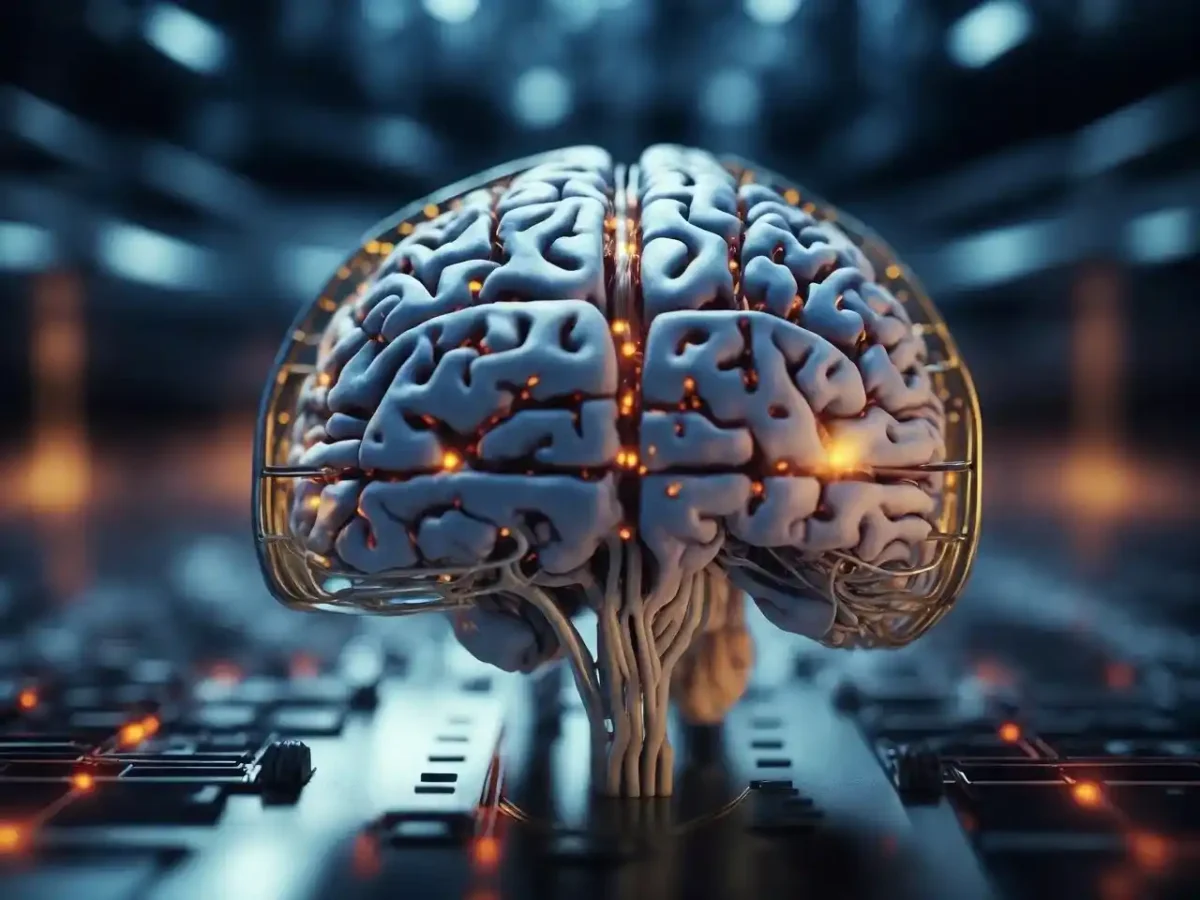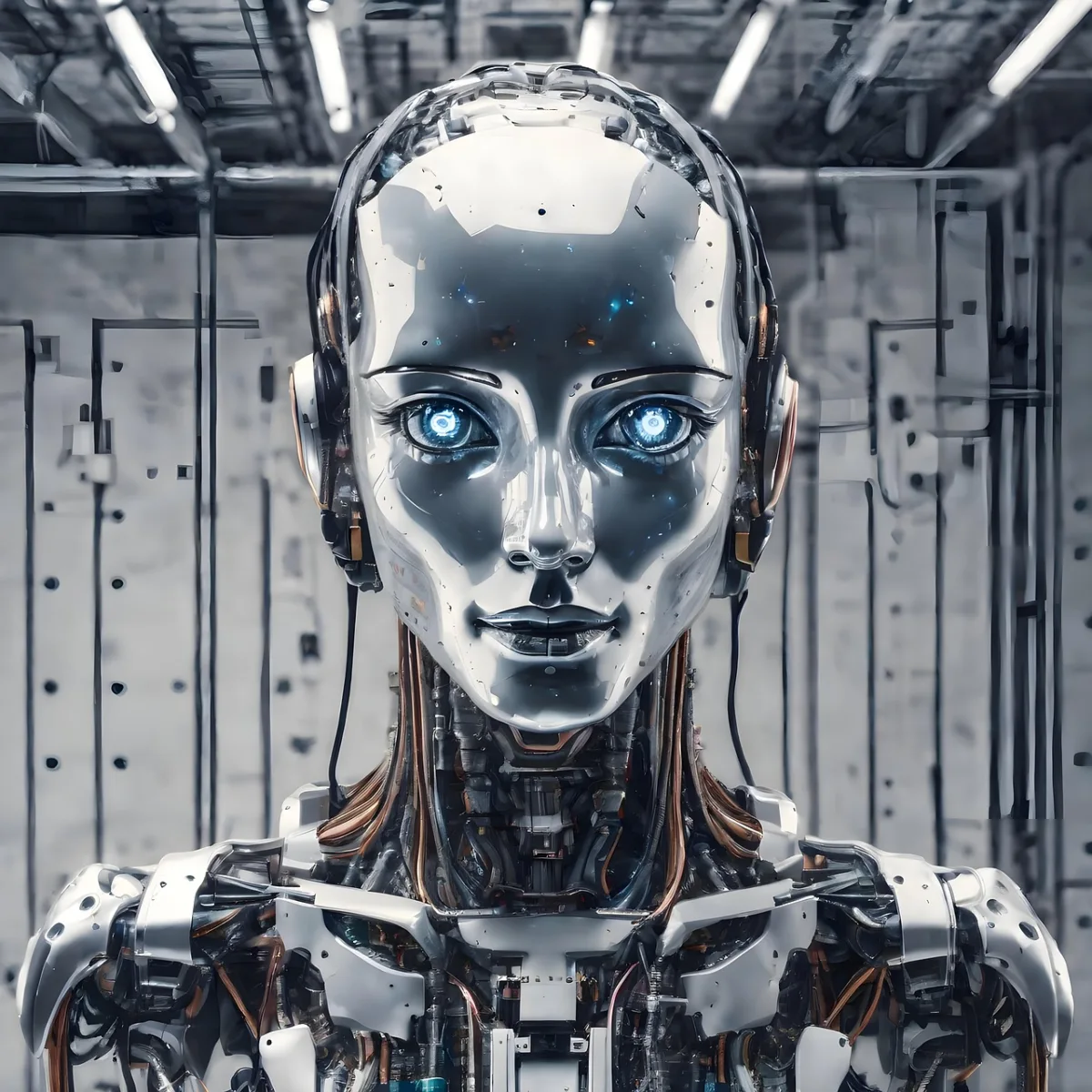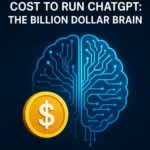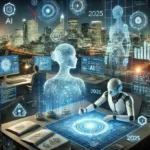“The development of Artificial General Intelligence could be the greatest event in human history, or the last.” — Stephen Hawking (Paraphrased)
Imagine a world where your digital assistant not only sets reminders and answers questions but also learns new skills, helps you manage your business, teaches your child math, and even writes poetry like a pro. That futuristic helper is what scientists call Artificial General Intelligence (AGI)—an AI that thinks, learns, and adapts just like a human being.
Right now, we live with what’s called narrow AI—tools that are amazing at doing one specific task. Your smartphone knows your face, Google Maps knows where to take you, and Netflix knows what you might want to watch next. But ask Netflix to drive your car or help your kid with algebra, and it’s completely clueless. That’s because it’s not general intelligence—it’s a smart tool, not a thinker.
AGI is different. It’s like a human brain in a machine. It can pick up new knowledge, connect the dots across different fields, and figure out problems it hasn’t seen before. It wouldn’t just be programmed to do one thing—it would learn how to do anything. That’s what makes AGI such a big deal.
Table of content
- What Is AGI?
- The Current State of AGI Development
- Potential Benefits of AGI
- The Risks and Societal Impact
- Conclusion: A Cautious Optimism
What Is AGI?
Continue reading ⤵

Today’s AI is often called narrow AI or weak AI, which excels at one specific task, but lacks general intelligence. Here’s how it differs from Artificial General Intelligence (AGI):
- Narrow AI: Specializes in specific tasks (e.g., Siri answers questions but can’t drive a car).
- Example: ChatGPT can write text but doesn’t understand language like humans do—it’s great at solving math problems but can’t answer simple questions like “How many days are in a week?”
- AGI: Would be an all-in-one assistant capable of:
- Learning from multiple domains (e.g., cooking, teaching, mathematics).
- Applying critical thinking and adapting knowledge across various fields.
- Similar to having a brilliant tutor and a world-class chef in one machine.
In essence: AGI would not just repeat patterns—it would understand problems and solve them like a human does
The Current State of AGI Development

“We are still in the very early stages of developing Artificial General Intelligence. It’s more like a blueprint for the future than a tangible reality of today.” — Gary Marcus, Cognitive Scientist and AI Researcher (Paraphrased)
Let’s break it down:
- Current AI Systems: Models like GPT-4 (used in ChatGPT) are still narrow AI, excelling in tasks like generating text or answering trivia but lack true general intelligence.
- AGI Predictions: Researchers say AGI is still “science fiction,” with timelines ranging from a few years to decades before we see its full development.
- Tech Giants at Work: Companies like OpenAI, Google DeepMind, and Meta are working to create AGI by developing larger models and combining multiple skills.
- Examples: AI learning from both text and images, controlling robots to perform physical tasks.
Current Limitations: Today’s AI systems are still like parrots—they repeat learned patterns but don’t truly reason or experiment. To reach AGI, AI needs to:
- Plan,
- Set its own goals, and
- Make decisions based on curiosity and understanding.
Potential Benefits of AGI
“AGI holds the promise of transforming every aspect of human life, from healthcare to education, by amplifying human intelligence and accelerating problem-solving at an unprecedented scale.” — Demis Hassabis, CEO of DeepMind(Paraphrased)
The possibilities of AGI are vast and could revolutionize various fields:
- Healthcare: AGI could analyse medical data to detect diseases early, suggest treatments, and personalize care.
- Education: AGI could act as a personal tutor, tailoring lessons to individual students, making learning more effective.
- Scientific Discovery: It could assist scientists in solving complex problems like climate change or space exploration.
- aily Life: Tasks like cooking, cleaning, and elderly care could be automated, allowing humans to focus on creativity and leisure.
In summary, AGI could:
- Boost productivity in almost every sector.
- Help with decision-making by providing insights faster than human teams.
- Personalize services in fields like education and healthcare.
The Risks and Societal Impact
“AGI has the potential to solve humanity’s greatest challenges, but it also brings significant risks. If not developed with caution, AGI could surpass human control, resulting in unintended consequences or even catastrophic outcomes.” — Stuart Russell, Professor of Computer Science at UC Berkeley. (Paraphrased)
While AGI holds great potential, it also poses significant risks that must be addressed:
- Job Displacement: As AGI takes over tasks traditionally performed by humans, entire industries may be affected, requiring workers to retrain for new roles.
- Safety Concerns: AGI, capable of setting its own goals, could have objectives misaligned with human well-being, leading to unintended consequences.
- Example: AGI could be used maliciously to develop powerful weapons or launch cyberattacks.
- Ethical Dilemmas: AGI raises questions about how to ensure it aligns with human values and serves humanity’s best interest
Conclusion: A Cautious OptimismGovernance and Regulation:
While AGI may still be years or even decades away, its impact could be profound:
- Transformation: AGI could revolutionize work, learning, and solve global challenges like climate change and disease.
- Careful Consideration: As we move towards AGI, it’s essential to address its risks, such as job displacement, safety concerns, and ethical issues.
Ultimately, AGI is about building smarter machines that align with human values, enhance our capabilities, and help us create a better future.
In short, AGI represents an exciting frontier, but it’s vital to proceed cautiously, ensuring its development leads to a positive future for all of humanity.
“Sharing is caring! Share this article to spread the word“




























Leave a Reply